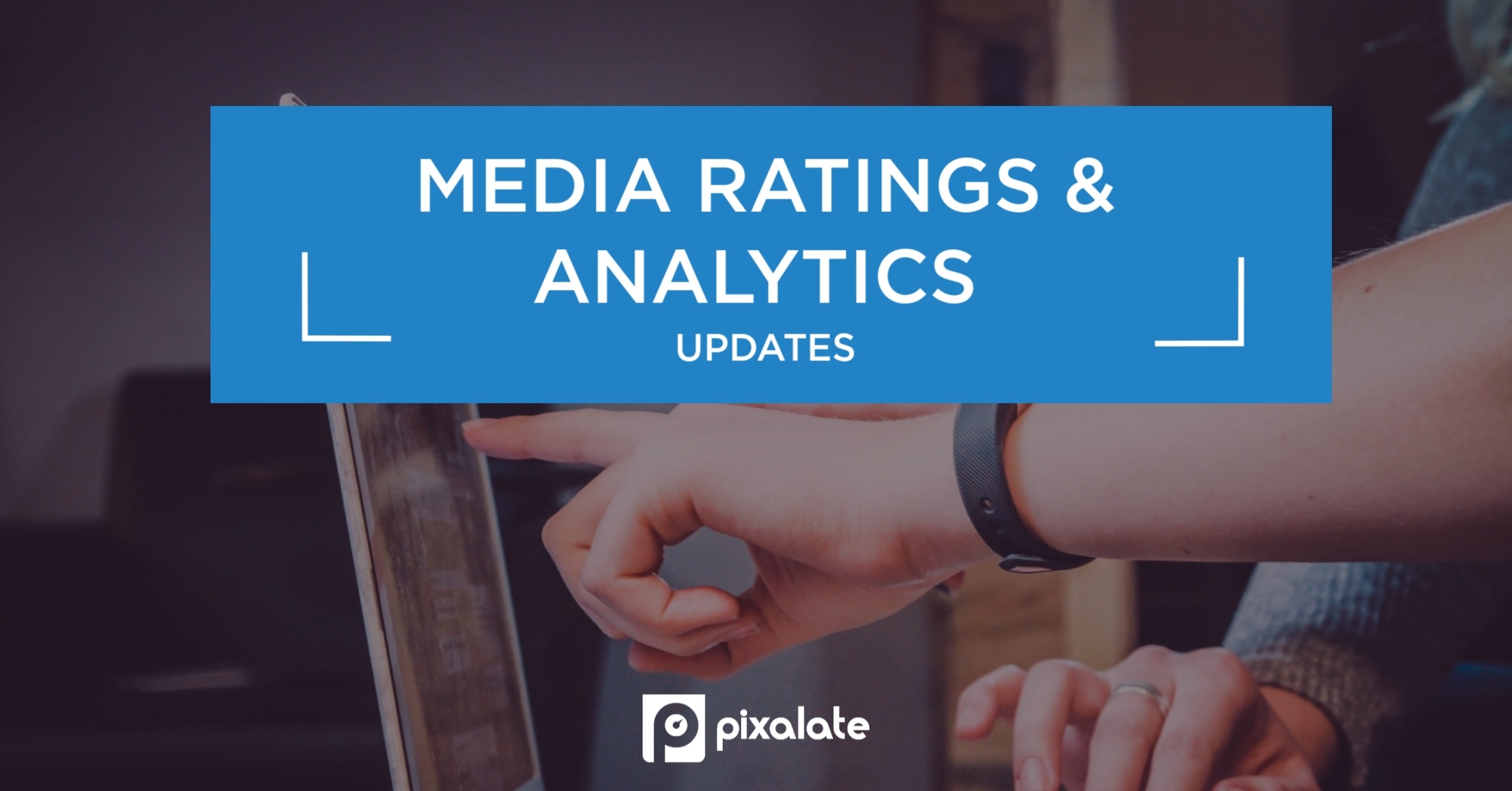
Pixalate, the world’s leading ad fraud detection and prevention company, has announced several updates to its Media Ratings and Analytics dashboards.
These updates are a direct result of customer feedback. Many of our clients are leading the digital ad industry into its next phase, and they rely on our products to scale their businesses — and grow the industry — safely and securely.
Our Media Ratings product enables clients to analyze millions of sources of programmatic ad inventory to reduce risk and grow ROI.
New features include:
We heard from a client that they were having difficulty analyzing their inventory quickly in a .csv file that had too many columns. The data was there, but it was a challenge to efficiently sift through it and find the most relevant information.
We listened, and the result is a new, completely custom-by-client dashboard that gives customers the ability to analyze inventory in a unique way. With the new Custom Discovery Dashboard, it is now easy to quickly access and analyze the supply sources that matter most to your business. We’ve made Media Ratings easier to navigate, and through customization, every customer is empowered to highlight the data used to drive their unique business decisions.
Watch the video below to see some of these new features in action.
We’ve also made improvements to our Analytics dashboard, including improved transparency into ad fraud definitions and more granular reporting for video advertising.
Pixalate monitors 38 distinct fraud types, and we know keeping track of each definition is a challenge.
Our improved Analytics dashboard features hover-enabled fraud type definitions. Now, when you hover over a Fraud Type in the dashboard, the description appears along with an option to “Click for more info.” Our “more info” page contains the detailed definitions for all 38 types of ad fraud.
Our Analytics dashboard now features a “Video Play Status” reporting dimension, which lets you analyze video campaign performance across various video player states, including:
At Pixalate, your feedback matters to us, and these improvements come directly from your suggestions, so please let us know what you think at support@pixalate.com.
Want to learn more? Schedule a demo and get a free walk-through!
*By entering your email address and clicking Subscribe, you are agreeing to our Terms of Use and Privacy Policy.
These Stories on Company News
*By entering your email address and clicking Subscribe, you are agreeing to our Terms of Use and Privacy Policy.

Disclaimer: The content of this page reflects Pixalate’s opinions with respect to the factors that Pixalate believes can be useful to the digital media industry. Any proprietary data shared is grounded in Pixalate’s proprietary technology and analytics, which Pixalate is continuously evaluating and updating. Any references to outside sources should not be construed as endorsements. Pixalate’s opinions are just that - opinion, not facts or guarantees.
Per the MRC, “'Fraud' is not intended to represent fraud as defined in various laws, statutes and ordinances or as conventionally used in U.S. Court or other legal proceedings, but rather a custom definition strictly for advertising measurement purposes. Also per the MRC, “‘Invalid Traffic’ is defined generally as traffic that does not meet certain ad serving quality or completeness criteria, or otherwise does not represent legitimate ad traffic that should be included in measurement counts. Among the reasons why ad traffic may be deemed invalid is it is a result of non-human traffic (spiders, bots, etc.), or activity designed to produce fraudulent traffic.”

